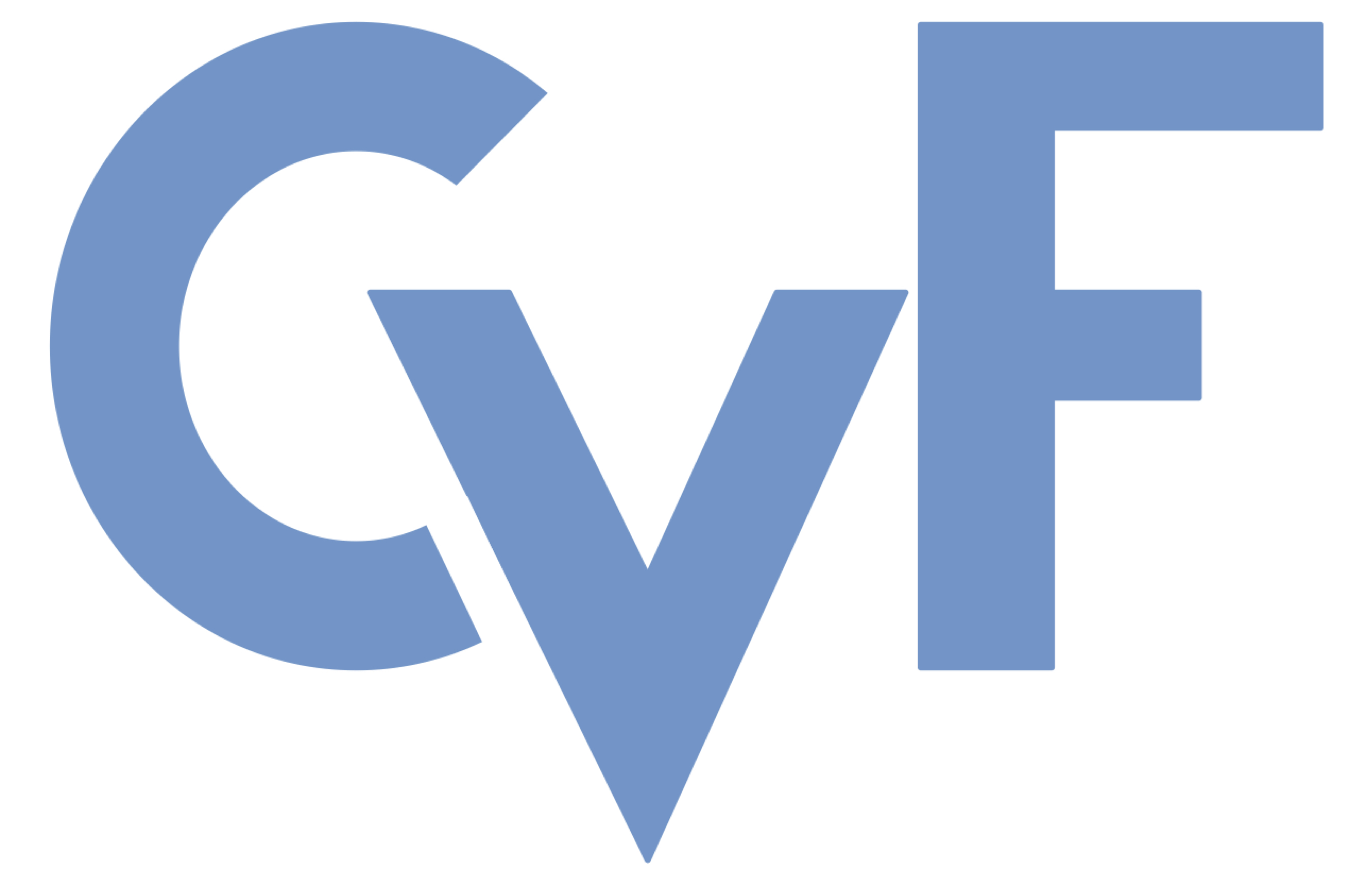-
Event Cameras, Contrast Maximization and Reward Functions: An Analysis
AbstractEvent cameras asynchronously report timestamped changes in pixel intensity and offer advantages over conventional raster scan cameras in terms of low-latency, low redundancy sensing and high dynamic range. In recent years, much of research in event based vision has been focused on performing tasks such as optic flow estimation, moving object segmentation, feature tracking, camera rotation estimation and more, through contrast maximization. In contrast maximization, events are warped along motion trajectories whose parameters depend on the quantity being estimated, to some time t_ref. The parameters are then scored by some reward function of the accumulated events at t_ref. The versatility of this approach has lead to a flurry of research in recent years, but no in-depth study of the reward chosen during optimization has yet been made. In this work we examine the choice of reward used in contrast maximization, propose a classification of different rewards and show how a reward can be constructed that is more robust to noise and aperture uncertainty. We validate our work experimentally by predicting optical flow and comparing to ground-truth data.
Related Material
[pdf] [supp][bibtex]@InProceedings{Stoffregen_2019_CVPR,
author = {Stoffregen, Timo and Kleeman, Lindsay},
title = {Event Cameras, Contrast Maximization and Reward Functions: An Analysis},
booktitle = {Proceedings of the IEEE/CVF Conference on Computer Vision and Pattern Recognition (CVPR)},
month = {June},
year = {2019}
}
These CVPR 2019 papers are the Open Access versions, provided by the Computer Vision Foundation.
Except for the watermark, they are identical to the accepted versions; the final published version of the proceedings is available on IEEE Xplore.
Except for the watermark, they are identical to the accepted versions; the final published version of the proceedings is available on IEEE Xplore.
This material is presented to ensure timely dissemination of scholarly and technical work.
Copyright and all rights therein are retained by authors or by other copyright holders.
All persons copying this information are expected to adhere to the terms and constraints invoked by each author's copyright.

